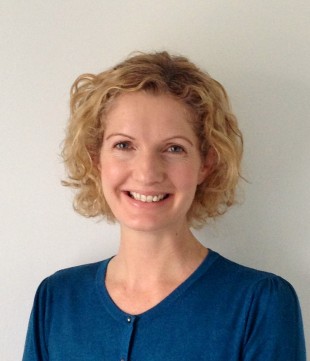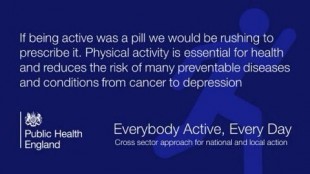 We know that health care impacts on overall health, but when you work in health care it can be easy to forget that the biggest influences on overall health lie outside of health care. Health behaviours are thought to make a big contribution to our overall health, information from the King’s Fund (http://www.slideshare.net/kingsfund/making-the-case-for-public-health-interventions) suggests that our health behaviour patterns may contribute by as much as 40% to our overall health compared to a 10% contribution by health care.
We know that health care impacts on overall health, but when you work in health care it can be easy to forget that the biggest influences on overall health lie outside of health care. Health behaviours are thought to make a big contribution to our overall health, information from the King’s Fund (http://www.slideshare.net/kingsfund/making-the-case-for-public-health-interventions) suggests that our health behaviour patterns may contribute by as much as 40% to our overall health compared to a 10% contribution by health care.
Engaging with physical activity has been identified as a key health behaviour; lack of physical activity is a major cause of disease and disability in the UK. Estimates suggest (http://www.kingsfund.org.uk/time-to-think-differently/trends/healthy-behaviours/obesity) that in England physical inactivity causes 10% of heart disease, 13% of type 2 diabetes, 18% of breast cancer and 17% of all mortality. It is a major risk factor but the good news is that it is completely modifiable, and AHPs have a key role to play in helping people to modify their activity-related behaviour.
Regular physical activity has a multitude of benefits in all age ranges, it helps build and maintain healthy bone and muscle, it reduces risk of many chronic diseases including diabetes, cardiovascular disease and some cancers. It helps develop good mental health and psychological wellbeing and reduces risk of developing depression. Regular physical activity has also been shown to increase productivity and impact positively on educational attainment.
Physical activity guidelines (https://www.gov.uk/government/publications/uk-physical-activity-guidelines) were published in 2011 and they provide a usual resource on the minimum amount of physical activity that is required for sustained health benefits. However, many people are falling short of the recommended “dose” of exercise, the recently published “Everybody active, every day” report (https://www.gov.uk/government/publications/everybody-active-every-day-a-framework-to-embed-physical-activity-into-daily-life) states that only 21% of boys and 16% of girls aged 5-15 achieve the required levels of activity and shockingly only 8% of girls aged 13-15 meet the recommended amount.
In this week of action we are focussing on getting children and young people more active. Even if we don’t work directly with children we still have a big role to play. Habits are also formed early; children are influenced by the adults with whom they spend time and there is a body of evidence that shows us that children are more likely to be active if their parents are active. So even if we aren’t working directly with children we need to take a broad approach and acknowledge that we are influencing the influencers.
There are a number of reason why we are perfectly placed to do this. Firstly, we are a big network there are over 80,000 AHPs working in the UK and it’s estimated that we have approximately 2 million face-to-face contacts every week. We have the potential to influence the activity levels of many, many families every single day.
Secondly, we work with people, we communicate, we connect and we develop great relationships. If we take every appropriate opportunity to talk about activity some people will listen to what we say and some will act on it. There are a number of different approaches to facilitating health behaviour change but all of them centre on having good communication skills.
Finally, our patterns of AHP practice often mean that we are able to spend time with people and we often see them more than once, the NICE guidance on behaviour change (https://www.nice.org.uk/guidance/ph49) suggests that talking about changing health behaviours for as little as 30 seconds can be effective. So even though we are extremely busy a 2 minute informal chat about becoming more active can still have an impact.
Of course not everyone will want to change their habits and not everyone wants to talk about physical activity, we need to use our judgement and follow our clients’ leads. For those that do want to make a change the next step is to make it as easy as possible for them, we can do this by knowing our local services and developing links within the local community.
Our AHP network can make a difference, if we all do this, if it becomes our norm, we could have a really big impact on physical activity levels. This could improve the quality of life of so many individuals and it could help cement our future as an integral part of the public health workforce.
Follow me on Twitter @annalowephysio
Anna Lowe is a Senior Lecturer in Physiotherapy at Sheffield Hallam University


